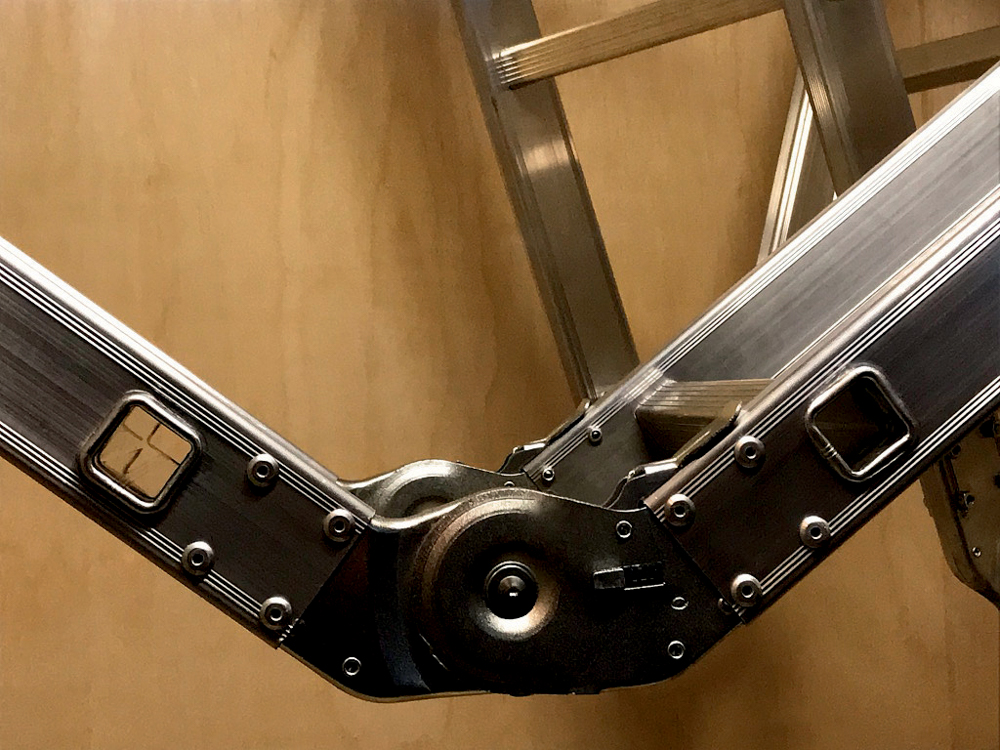ESCALANTE [LADDERING]




Escalante [Laddering] is a sculpture, which is a piece-situation, where the scales are activated in another way - a sinuous movement of visual implosion because of its shapeable quality; therefore it shelters a flexible formal irony. Or rather, it shows aspatial paradox from a “cronopian” point of view – that contradictory typology, friend of the chance, created by the Argentinian writer Julio Cortázar - a metallic serpent swallowing the inner space (inside the shop window) in the strict space of the Ephemeral Shop window that is transformed into a reflection (the view of the street, outside the window).
Escalante [Laddering] it is a neologism in gerund that demonstrates its continuous movement and its Medusa’s articulations, which is body and space at the same time. Who knows even if the work is breathing that pungent organicity conjured by Maria Martins and therefore producing a symbiosis alluded to Clark/ Martins…). It is an invitation to see other multifaceted plans. The attention is drowned to two ladders coming out from the ceiling and also to the large number of holes in the ladders – it is revealed that one is dealing with a contemporary aura, as deconstructed as reconstructed and vice versa.
Adolfo Montejo Navas, critic and curator, in Degraus para Escalante,
text of the catalog Laddering, 2017, Estudio Dezenove - Rio de Janeiro, Brazil
Escalante [Laddering] is a sculpture, which is a piece-situation, where the scales are activated in another way - a sinuous movement of visual implosion because of its shapeable quality; therefore it shelters a flexible formal irony. Or rather, it shows aspatial paradox from a “cronopian” point of view – that contradictory typology, friend of the chance, created by the Argentinian writer Julio Cortázar - a metallic serpent swallowing the inner space (inside the shop window) in the strict space of the Ephemeral Shop window that is transformed into a reflection (the view of the street, outside the window).
Escalante [Laddering] it is a neologism in gerund that demonstrates its continuous movement and its Medusa’s articulations, which is body and space at the same time. Who knows even if the work is breathing that pungent organicity conjured by Maria Martins and therefore producing a symbiosis alluded to Clark/ Martins…). It is an invitation to see other multifaceted plans. The attention is drowned to two ladders coming out from the ceiling and also to the large number of holes in the ladders – it is revealed that one is dealing with a contemporary aura, as deconstructed as reconstructed and vice versa.
Adolfo Montejo Navas, critic and curator, in Degraus para Escalante,
text of the catalog Laddering, 2017, Estudio Dezenove - Rio de Janeiro, Brazil


Escalante [Laddering] 2017 articulated aluminum and galvanized iron ladder, 200 x 200 x 150 cm


